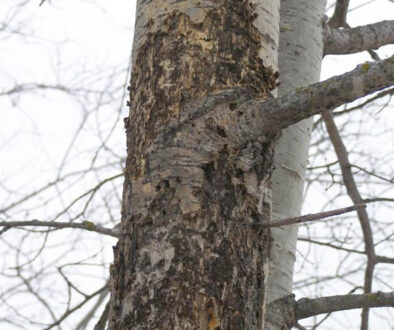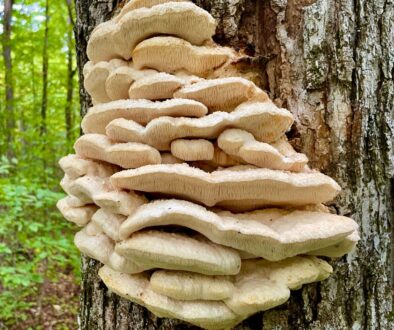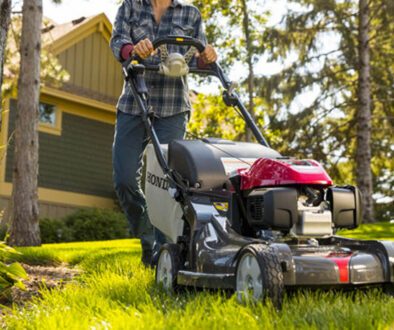How to Care for Spruce Trees
How to Care for Spruce Trees: Ensure they receive adequate sunlight, water, and well-drained soil, and consider fertilizing in spring. Prune only when necessary, focusing on removing dead, damaged, or diseased branches, and be mindful of potential pests and diseases.
Planting and Location:
- Sunlight: Most spruce trees thrive in full sun, but some species can tolerate partial shade, especially in warmer regions.
- Soil: Spruce trees prefer moist, well-drained soil amended with organic matter but can adapt to various soil types.
Watering:
New Trees:
Water newly planted spruce trees regularly and deeply, especially during the first year, ensuring the soil remains consistently moist but not waterlogged.
- Established Trees: Once established, spruce trees are relatively drought-tolerant, but regular watering, especially during dry periods, is still important.
- Checking Soil Moisture: Use the “finger test” by inserting your finger a few inches into the soil to check if it’s dry or moist.
- Overwatering: Avoid overwatering, as it can lead to root rot and other problems.
Fertilizing:
- Spring Fertilization: Apply a balanced, slow-release fertilizer in early spring to encourage healthy growth.
- Soil Test: Conduct a soil test before fertilizing to determine the specific needs of your spruce tree.
Follow Instructions: Always follow the instructions on the fertilizer package.
Pruning:
- Minimal Pruning: Spruce trees generally require minimal pruning.
- Pruning for Health: Prune only to remove dead, damaged, or diseased branches.
Pruning Techniques: Use clean, sharp tools, and make cuts just outside the branch collar to avoid leaving stubs.
Pests and Diseases:
- Common Pests: Watch out for common pests like aphids, spruce beetles, and spider mites.
- Common Diseases: Keep an eye out for fungal diseases like needle cast and canker.
Early Detection: Address pest and disease problems promptly to prevent them from spreading.
Winter Care:
- Cold Hardiness: Most spruce trees are cold-hardy, but young trees may benefit from some protection in harsh winter climates.
- Mulching: Apply a layer of mulch around the base of the tree to help retain moisture and regulate soil temperature.
Wind Protection: Protect young trees from strong winds, which can damage their branches.
Specific Spruce Species:
-
Blue Spruce:Blue spruce trees are popular for their distinctive blue-green needles and are relatively easy to care for.
-
Norway Spruce:Norway spruce trees are known for their fast growth and are often used as Christmas trees.
-
Dwarf Alberta Spruce:Dwarf Alberta spruce trees are compact and make a good choice for smaller gardens.
If you have any inquiries about your Spruce Trees, feel free to reach out to Johnson Ops Tree Care at 608-526-6297. One of our Certified Arborists will be happy to visit and address any questions you have.




